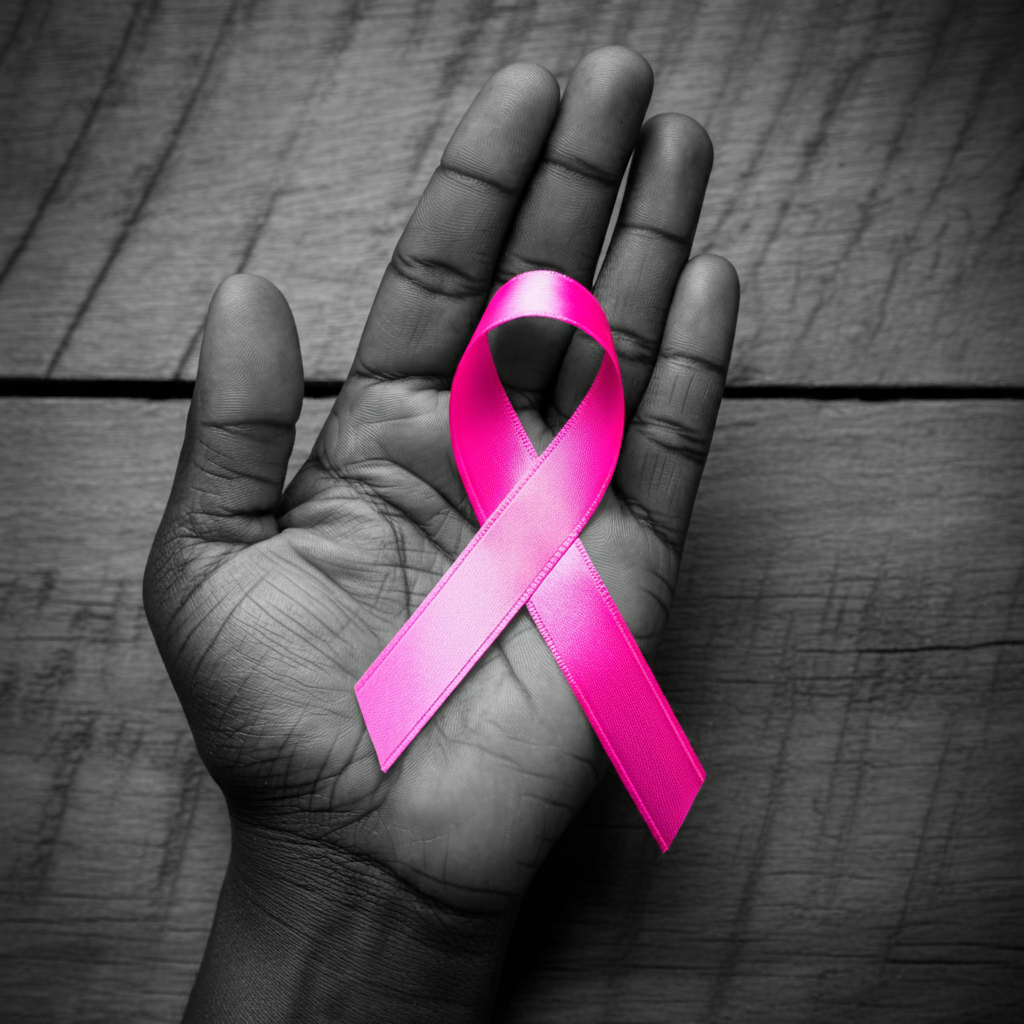
Following our conversation on debunking common breast cancer myths, it’s clear that early detection remains one of the most effective tools in the fight against breast cancer. While raising awareness about risk factors and spreading factual information is important, knowing how to check for breast cancer proactively can save lives. Two key components of early detection are self-exams and mammograms, yet many women either overlook them or don’t fully understand their significance.
In this article, we’ll explore why self-exams and mammograms are crucial for early breast cancer detection, how they work together, and how they empower women (and men) to take charge of their health.
Why Early Detection is Crucial
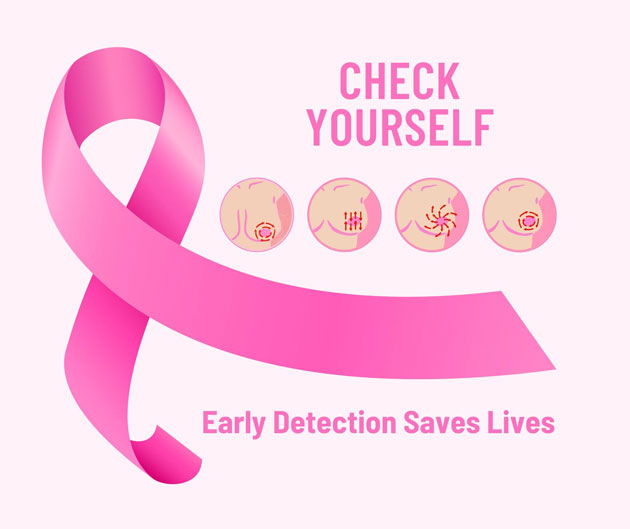
The earlier breast cancer is detected, the better the chances of successful treatment. When breast cancer is found early—before it has spread to other parts of the body—survival rates are significantly higher. According to research, women diagnosed with stage 1 breast cancer have a 99% survival rate over five years, compared to just 27% for those diagnosed at stage 4.
This is why self-exams and mammograms are so important. Self-exams help you become familiar with how your breasts normally feel, making it easier to notice any changes. Conversely, mammograms can detect breast abnormalities up to two years before a lump becomes palpable.
Read: Debunking Common Breast Cancer Myths
The Role of Self-Exams
Breast self-exams are a simple, no-cost way to detect potential changes in your breasts. It’s about more than just looking for lumps; it’s about noticing any changes in shape, size, texture, or appearance. The best time to perform a self-exam is a few days after your period when hormonal fluctuations are at their lowest.
Here’s how to perform a self-exam effectively:
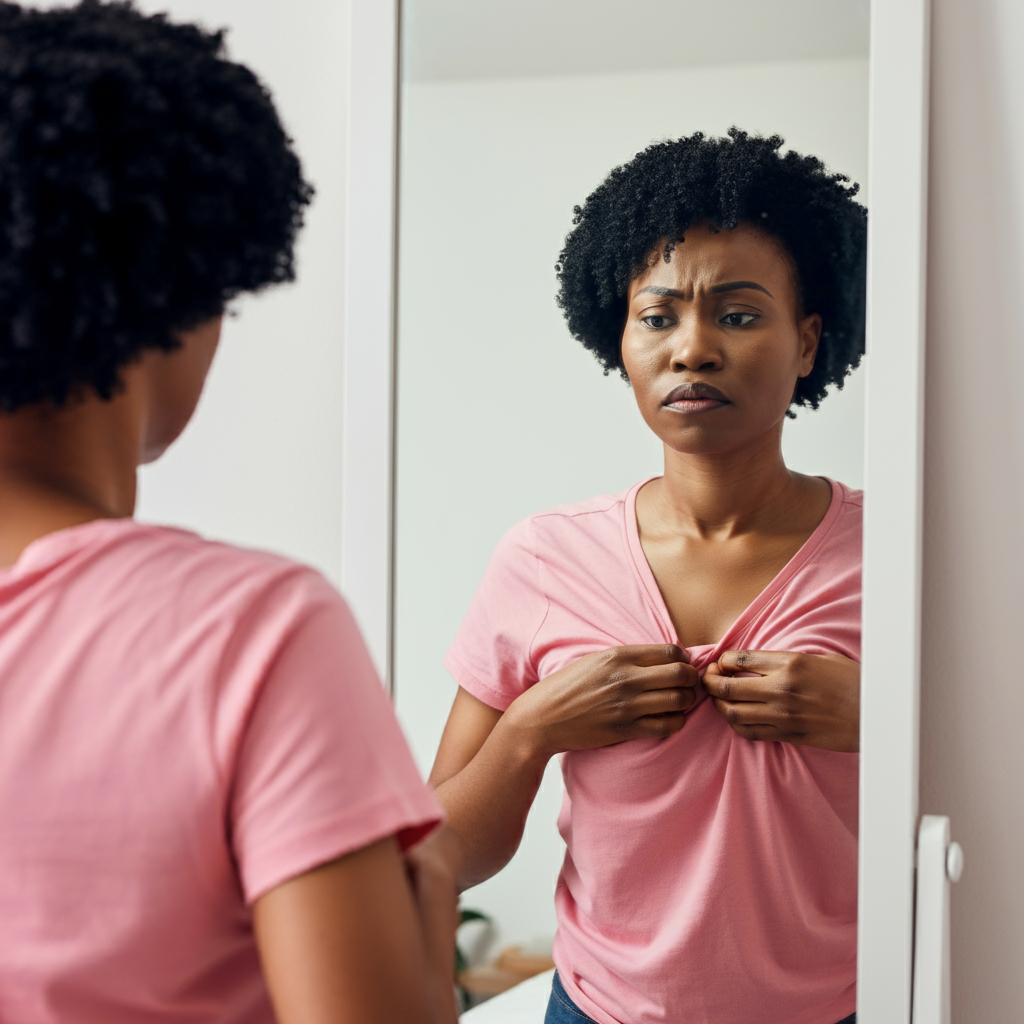
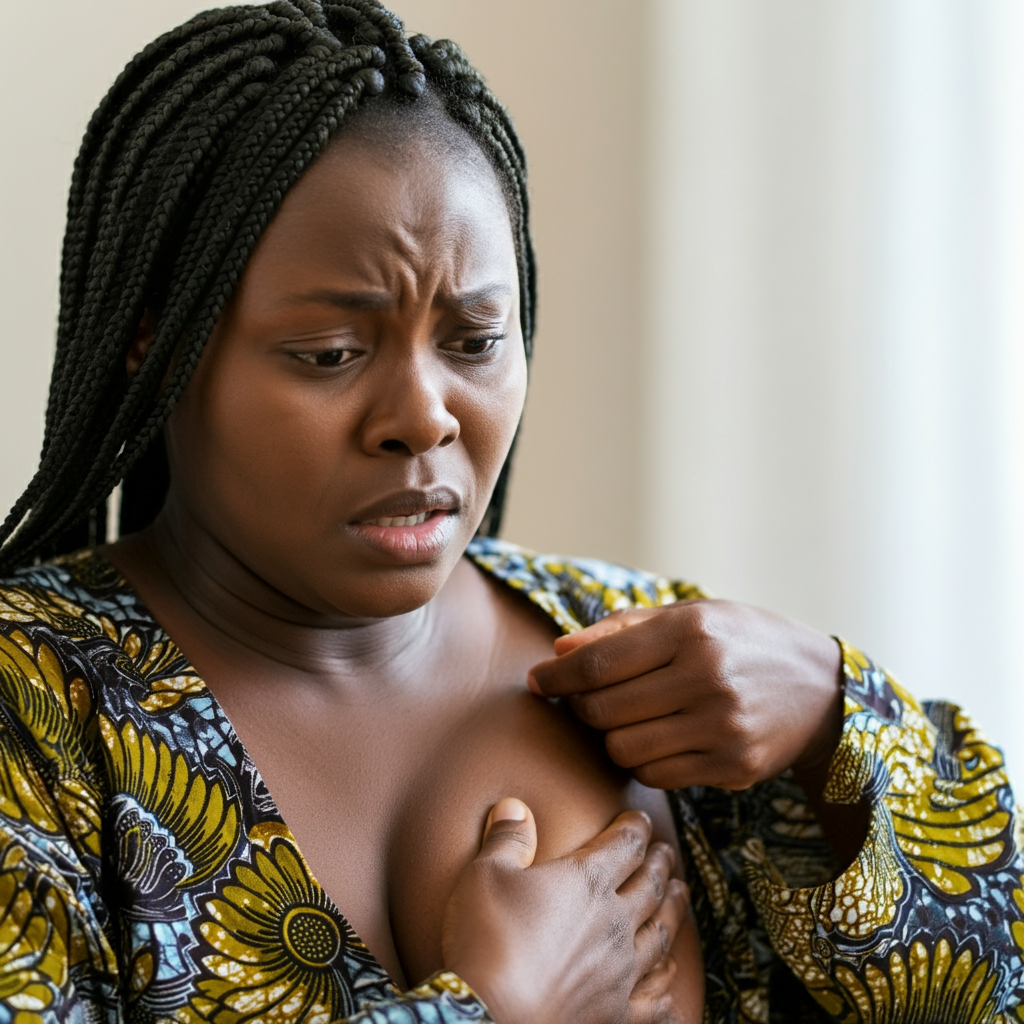

- Step 1: Visual Examination – Stand before a mirror with your arms at your sides, then raise them overhead. Look for any visible changes, such as dimpling, puckering, or changes in nipple position.
- Step 2: Physical Examination – Using the pads of your fingers, gently press around your breast tissue in a circular motion, starting from the outside and moving inward. Cover the entire breast and armpit area, applying varying degrees of pressure to check for lumps or thickened areas. Be sure to check both breasts and feel for any discomfort or unusual hardness.
- Step 3: Lying Down – Repeat the physical examination while lying flat on your back. This allows the breast tissue to spread more evenly, making it easier to detect lumps.
Self-exams are recommended once a month, ideally after your menstrual cycle. If you’re post-menopausal, choose a specific day each month for consistency. While self-exams alone don’t replace mammograms, they are important for spotting changes between screenings.
The Power of Mammograms
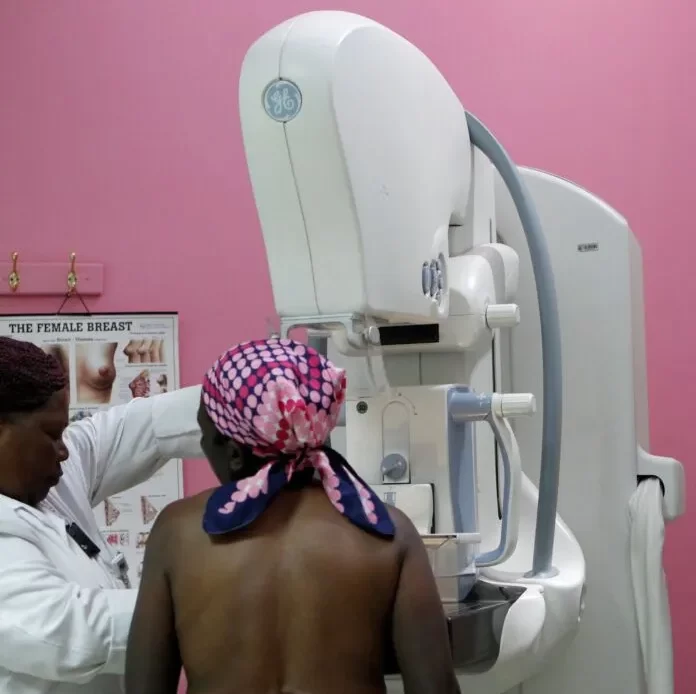
While self-exams are vital, mammograms are a more advanced method of detecting breast cancer early. A mammogram is an X-ray image of the breast that can detect tumors that are too small to feel. It’s a key diagnostic tool that can identify breast abnormalities before they become larger or spread.
Here’s why mammograms are essential:
1. Detecting Cancer Early
Mammograms can detect cancer before symptoms appear. Many women with early-stage breast cancer don’t feel any pain or notice any physical changes. In fact, mammograms can identify microcalcifications (tiny calcium deposits) that may indicate early-stage breast cancer.
2. Improving Treatment Outcomes
Detecting breast cancer in its early stages means less invasive treatments, such as lumpectomies instead of mastectomies, and higher chances of successful treatment. Early detection can also reduce the need for chemotherapy in some cases.
3. Screening for High-Risk Individuals
For women at higher risk—due to family history, genetic predispositions, or previous breast abnormalities—annual mammograms starting at age 40 (or earlier, depending on risk factors) are crucial. In Nigeria, with rising breast cancer rates, early screening is becoming more vital.
4. Mammograms for Women Over 40
Even without high-risk factors, women over 40 should get a mammogram every 1-2 years. The International Agency for Research on Cancer reports that breast cancer incidence spikes after age 40, with the highest rates in women over 70.
Read: 5 Things You Should Know About Breast Cancer
Self-Exams and Mammograms Work Together
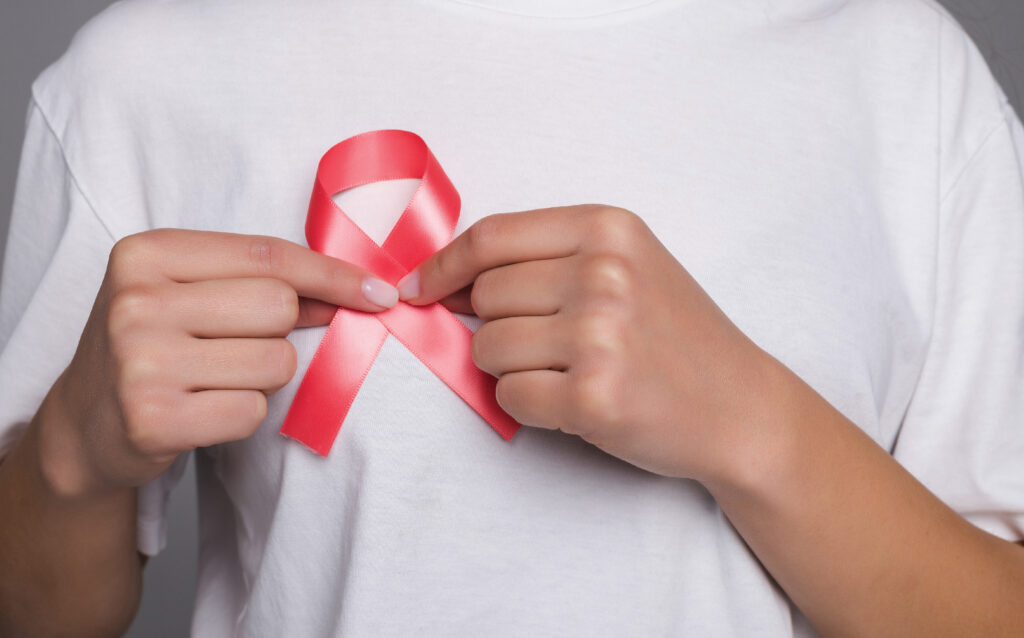
While mammograms are essential for detecting small, early-stage cancers, they are not a daily routine. This is where self-exams come into play. Regular self-exams allow you to monitor your breasts for any changes that might occur between your annual or biennial mammograms.
Think of self-exams as your first line of defense. Mammograms are your second line of defense—providing detailed insight into breast health through X-rays. When used together, they create a powerful strategy for detecting breast cancer at its earliest, most treatable stages.
Breast cancer is the most common cancer among women in Nigeria, and the incidence is on the rise. Early detection through self-exams and mammograms can be life-saving. By incorporating these simple routines into your health regimen, you can catch breast cancer in its early stages, when it’s most treatable.
Don’t wait—start performing regular self-exams, schedule your mammogram if you’re 40 or older, and encourage the women (and men) in your life to do the same. Early detection saves lives, and with the right tools, we can fight breast cancer more effectively.
Take control of your health today. Schedule your mammogram if you’re over 40, and make self-exams a monthly habit. Share this article to help raise awareness about the importance of early detection.
